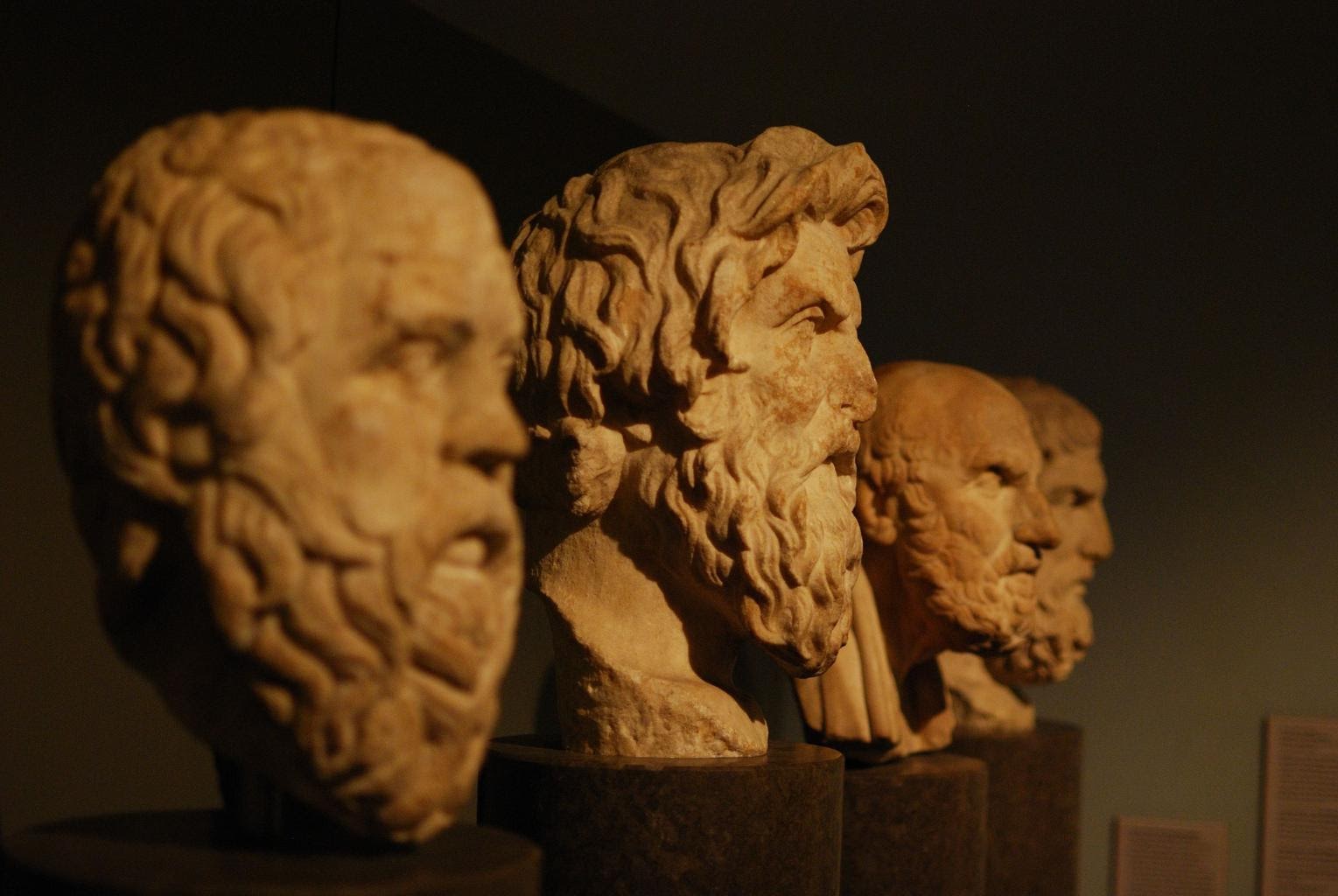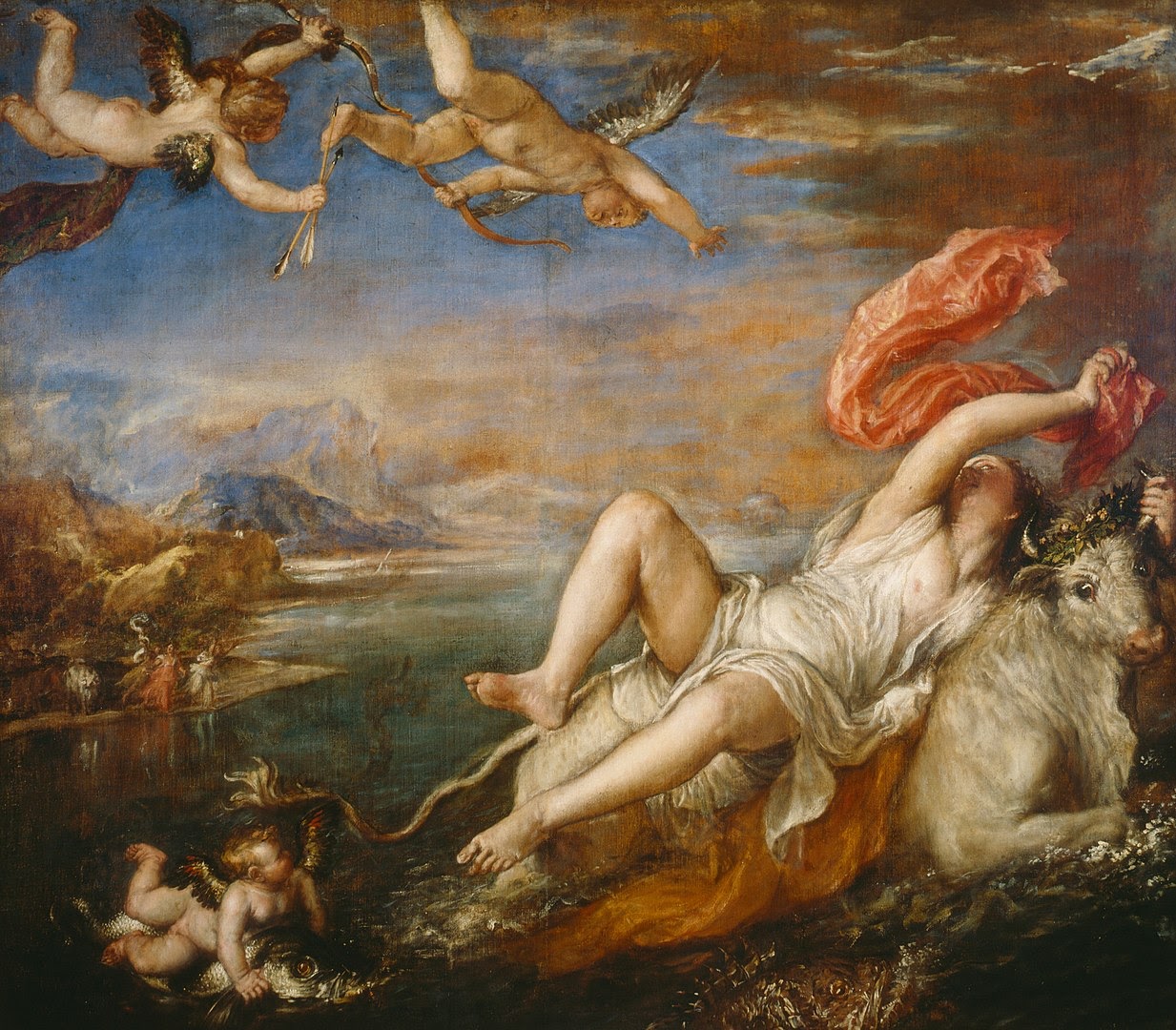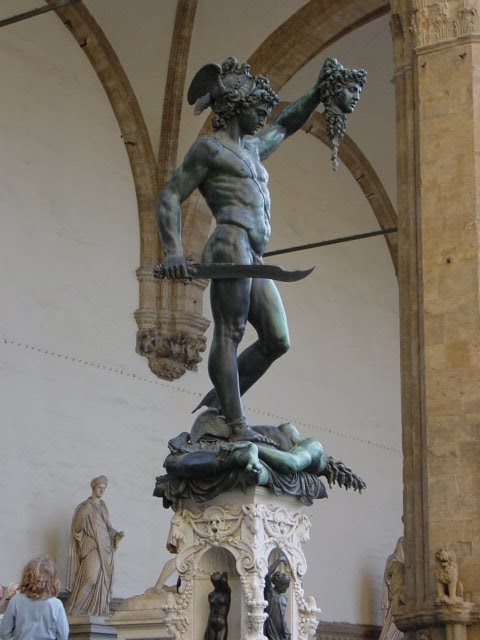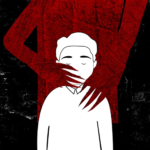All cultures throughout history have had their ways of coming to terms with existence and how humankind came to be. People used stories to provide a narrative for the creation of the world; from the oldest recorded stories of the Fertile Crescent, the primordial egg of the ancient kingdoms of the Nile river, the cycle of creation and destruction of the civilizations of the Indus valley, the “Dreamtime” of the aborigines. All stories are rich with complexities. All marked by idiosyncrasies and peculiarities which constitute a collective neural network from which culture flourishes.
Stories are tools used to proliferate ideas. They provide us with a sense of authorship, a way to gather and amass a kernel of meaning from the overwhelming silence of creation. They can shape societies for hundreds, if not thousands, of years to come. Small remnants of values reside in traditions passed on by customs and rites and are so hidden in plain sight that a terrific effort is necessary on our part to sensitize ourselves and acknowledge their influence in our daily lives.
The civilization of Greek antiquity is considered to be the precursor of modern Western civilization. However, it is easy to miss the forest for the trees in giving the Ancient Greek culture too much credit where it isn’t due. Greeks regularly interacted with cultures of the Mediterranean and beyond, bringing back the arts of mathematics, geometry, astronomy, and inspiration for the makings of ideal government and laws. Though, by virtue of their susceptibility for innovation, Athens became the intellectual crucible from which ideas of government, literature, sciences, architecture, sports would proliferate and last for millennia to come.

Democracy is one of the most influential ideas handed down from the Greeks and is today the sine qua non of the modern liberal nation state. But this “rule by the people” begs the question: who are these people entrusted with the power to rule? Clearly, not everyone. It is known that slavery was an accepted practice in ancient Greece endorsed by writers of the day – notably Aristotle – as natural and necessary. J. G. A. Pocock, in the book “The Citizenship Debates”, notes that the Athenians claimed citizenship required being far-removed from the grind and toils of everyday life. And the Athenian males solved this problem by delegating those duties to slaves, immigrants, and women, effectively excluding them from the agora.
The subjugation of women in Classical Athens was overt. Women had no legal personhood and were assigned their place within the oikos; a word used to refer to the domestic trifecta of family, the family’s property, and the household. The legal term for a wife was “damar”, a word derived from the root verb “to tame” or “to subdue”. The average age for marriage was around 14, which was partly to ensure that the girls were still virgins when they were wed. The lasting boundary to achieve citizenship was gender, and to the extent of history no woman ever achieved full citizenship. It would take more than two thousand years for Greek women to get the vote; which they did in 1952.
The Roman statesman Cicero wrote in the fourth book “On emotional disturbances” of his Tusculan Disputations that the Greek philosophers considered misogyny a disease, one caused by a fear of women. Perhaps this fear can be traced back to their earliest stories, their mythos.
In the beginning…
In the beginning there was only Chaos. A vast void of infinite darkness. Out of nothingness – to the relief of metaphysicians – sprang something. More notably, Gaia, or the earth; along with her siblings Nyx (night), Erebus (darkness), Tartarus (the abyss), and – by some accounts – Eros (the god of love and sex). Gaia eventually bore the Titans, setting about a chain of events that would eventually lead to the creation of modern human beings by the Titan Prometheus and his betrayal of Zeus, king of the ancient Greek pantheon.
Out of the union of Gaia and the sea, a host of monstrous children would come about to be: Echidna, a half-woman, half-snake, and mate of the giant serpentine monster Typhon; the Gorgons, two immortal sisters Stheno, Euryale, and the mortal Medusa, with hair of made of living snakes, and eyes that turned anyone who beheld them to stone; the Graeae, three witches who shared one eye and one tooth between them; and the not-so-monstrous Hesperides, beautiful nymphs of evening light whose interchangeable names in the Greek sources is testament to their impersonality. The recurring motif of the characterization of the feminine in Greek myth could only be lost on the most zealous male chauvinist.

Stories of sexual and physical violence directed at women in the myths of the Greek Heroic age are abundant. One such being the fate of Medusa. In Ovid’s late account, she is described as originally having been a priestess of Athena. Being very beautiful, many suitors desired her. One of these was the sea god Poseidon who subsequently raped her in the Temple of Athena. The enraged Athena – goddess of wisdom, and a symbol of freedom and democracy since the Renaissance – transformed Medusa into a gorgon as a punishment for… well, what mortal could possibly hope to interpret divine judgement? Medusa was later beheaded by the more-than-willing Perseus on a wager made by a King on a cursory whim, and got all the aid he could hope for by the gods – including Athena.
Hand-me-downs
The rediscovery of Greek mythology in the Renaissance, through the poetry of Ovid, had an immense effect on the creative resources of artists and poets for hundreds of years to come: from Botticelli’s “Birth of Venus” to Titian’s “Rape of Europa”, Shakespeare’s “Venus and Adonis” to Goethe’s “Prometheus”, Joyce’s “Ulysses” to O’Neill’s “Desire Under the Elms”. Greek mythology and its themes have endured in the Western cultural consciousness for centuries. As Mary Beard writes in her article “Women in Power”, mythology has nurtured a “real, cultural and imaginary” separation between women and power.

Hillary Clinton experienced the brunt of this kind of antagonism full-force during her 2016 candidacy. A photo modelled after Cellini’s bronze “Perseus with the Head of Medusa”, with Clinton’s face superimposed onto the severed head failed to incite the same wave of hostility that a similar representation of Trump’s severed head did. Similarly aggressive rhetoric and crude allusions have been used against politicians such as Chancellor Angela Merkel, ex-Prime Minister Theresa May, Brazilian ex-President Dilma Rousseff. While such discourse is rare in mainstream media in its unmitigated form, it has its own, more pernicious, effects. A study shows that anticipated gender discrimination decreases women’s leadership ambitions and that these expectations are often that women leaders will be punished more harshly for failure than men.
There are of course varying degrees of severity around issues of misogyny and sexism between countries. There is a disproportionate number of death threats made to women MPs in the UK, while in Finland the party leaders of all five parties in parliament are women. In Greece, as previously mentioned, women were first allowed to vote in 1952. Excerpts of parliamentary discourse within the Greek parliament reveals aggressive and derogatory forms of speech that directly attack the gender of the addressees.
The correlation between laggard societies and how women are received in positions of power is not fully established, however, there are countries with strong and lasting traditions of portraying women as inferior by direct subjugation or implicit cultural characterizations. And these stories are powerful and incidentally unifying. Unifying in the sense that having assigned roles is a comfort in a modern age of existential crises and erratic individualism. Nevertheless, these roles have been assigned in an age that predates the notion of universal human dignity by an immense time span and there’s nothing as dull as a constant rehashing of the same characters in different productions. If we are, each of us, the product of the stories we tell ourselves, then we could use some new ones.
Related articles:
German hip-hop: misogyny in rap music
Photo credits
Bustos filsofia aristotle, morhamedufmg, Free for commercial use
Perseus with the Head of Medusa (1545-1554), Rodney, CC by 2.0
The Rape of Europa, Titian, Public Domain









